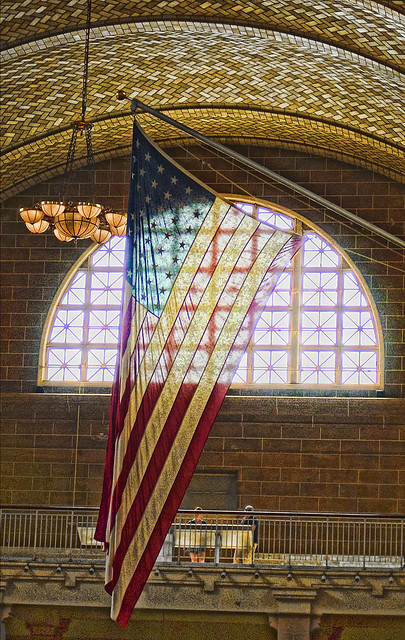I'm opening this thread because I'm interested in suggestions for techniques, lighting, post-processing, etc... rather than cameras and lenses. I recently saw on f/stoppers a fashion shoot done with an iPhone 3GS. Now, I know the images were retouched greatly, but nonetheless, the point was that lighting and post-processing is key.
I have middle-of-the-line equipment... nothing uber-expensive, but definitely not starter stuff. I want to upgrade the equipment, but before I do, I want to be WOWED by my photos with my existing equipment, and I am just not wowed yet. I see videos online of amazing photos being shot with Rebels and $400 lenses and so that is what inspired me to open this thread. My gear is listed on my profile here, though this isn't essentially about ME. I want the advice for myself, but I want this knowledge to be shared with everyone, so I figured I wouldn't list my gear in this post as it's not really important.
So... what do you all think? Did I phrase this all okay?
- Jordan
www.freshphotohawaii.com



 Reply With Quote
Reply With Quote
 ]
]


